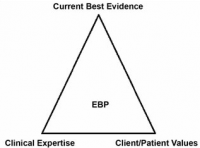Q: My school district has been suggesting that we work on stopping before s-clusters, and I thought that would be a mistake leading to lots of frustration for both the SLPs and the students. Do you have any comments? I think that whenever we set policy –– “my district has been suggesting that we work on stopping before s-clusters” –– we are forgetting the individual child. There is no hierarchy or policy that should “work.” What “works” is what works…
Phonological Policies
By Pam Marshalla

